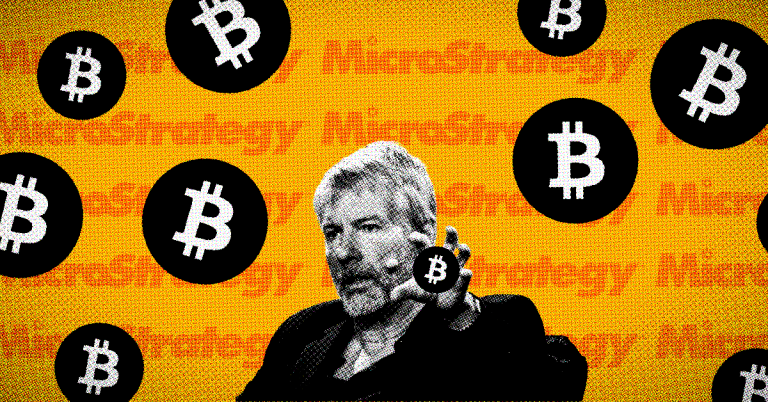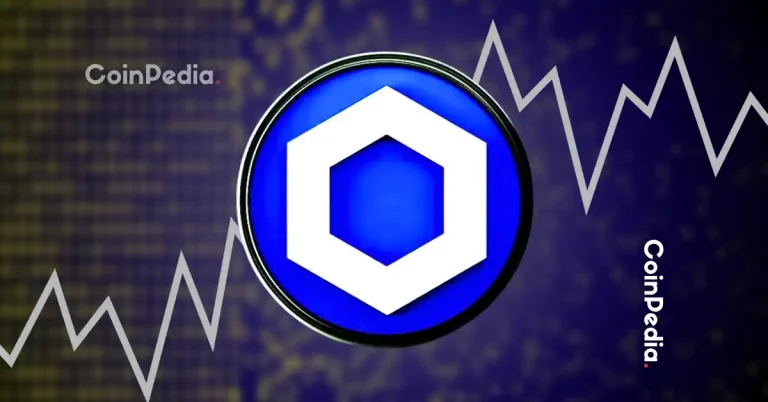
The Evolution of E-commerce by 2025
Introduction to E-commerce
The Evolution of E-commerce by 2025 has been a game-changer in the way people shop. The e-commerce industry has undergone significant changes over the years, and by 2025, it is expected to reach new heights. The focus on The Evolution of E-commerce by 2025 is to provide a comprehensive overview of the industry’s growth and what to expect in the future.
History of E-commerce
E-commerce has been around for several decades, but it wasn’t until the 1990s that it started to gain popularity. The first online transaction was made in 1994, and since then, the industry has grown exponentially. Today, e-commerce is a multi-billion-dollar industry, with millions of people shopping online every day.
Current State of E-commerce
The current state of e-commerce is highly competitive, with thousands of online stores competing for customers’ attention. The rise of social media has also changed the way people shop online, with many consumers discovering new products and brands through platforms like Instagram and Facebook.
Future of E-commerce
By 2025, e-commerce is expected to continue growing, with new technologies like artificial intelligence and augmented reality changing the way people shop online. The use of digital payments is also expected to increase, with more people using mobile wallets and contactless payments.
Trends Shaping the Future of E-commerce
There are several trends that are shaping the future of e-commerce, including:
- Personalization: With the help of AI and machine learning, online stores can now offer personalized recommendations to customers, making the shopping experience more enjoyable and relevant.
- Sustainability: With the growing concern about climate change, many consumers are now looking for eco-friendly and sustainable products, and online stores are responding by offering more sustainable options.
- Mobile commerce: The use of mobile devices to shop online is increasing, and by 2025, it is expected that more people will be using their mobile devices to make purchases.
- Digital payments: The use of digital payments is also increasing, with more people using mobile wallets and contactless payments.
Conclusion
In conclusion, the evolution of e-commerce by 2025 is expected to be significant, with new technologies and trends changing the way people shop online. As the industry continues to grow, it’s essential for online stores to stay ahead of the curve and adapt to the changing needs of consumers.
What to Expect in the Future
By 2025, we can expect to see even more advancements in e-commerce, including the use of virtual reality and augmented reality to enhance the shopping experience. The use of artificial intelligence and machine learning will also continue to grow, allowing online stores to offer more personalized recommendations and improve customer service.
Challenges Facing E-commerce
Despite the many advantages of e-commerce, there are also several challenges facing the industry, including:
- Security: One of the biggest challenges facing e-commerce is security, with many online stores vulnerable to cyber attacks and data breaches.
- Competition: The e-commerce industry is highly competitive, with thousands of online stores competing for customers’ attention.
- Logistics: Another challenge facing e-commerce is logistics, with many online stores struggling to manage inventory and shipping.
Opportunities in E-commerce
Despite the challenges facing e-commerce, there are also many opportunities for growth and innovation. Some of the opportunities in e-commerce include:
- Expansion into new markets: With the help of e-commerce, businesses can now reach customers all over the world, opening up new markets and opportunities for growth.
- Development of new technologies: The e-commerce industry is constantly evolving, with new technologies and innovations being developed all the time.
- Improvement of customer service: E-commerce allows businesses to provide customers with a more personalized and convenient shopping experience, improving customer satisfaction and loyalty.






